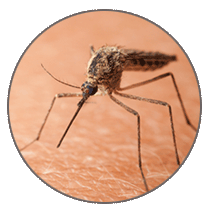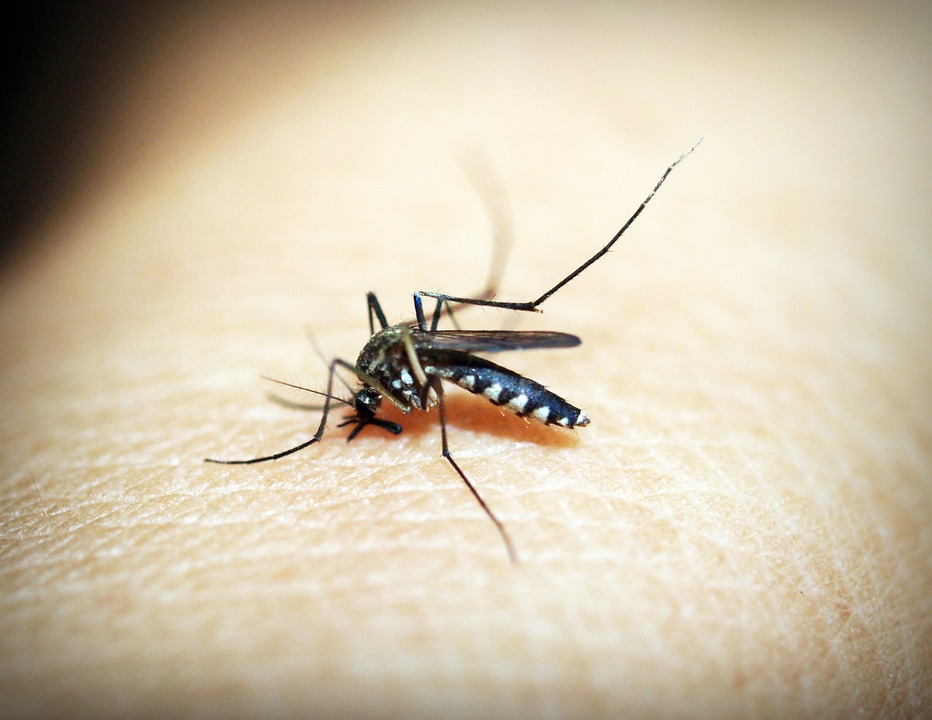 The Zika virus outbreak has been headline news throughout 2016 for good reason. According to the World Health Organization, 75 countries since 2007 have reported cases of Zika virus with 92% of those occurring between 2015 and 2016. Since no specific therapy is available, several research groups are focusing on the pathogenesis of Zika virus infection.
The Zika virus outbreak has been headline news throughout 2016 for good reason. According to the World Health Organization, 75 countries since 2007 have reported cases of Zika virus with 92% of those occurring between 2015 and 2016. Since no specific therapy is available, several research groups are focusing on the pathogenesis of Zika virus infection.
Zika virus is a single-stranded RNA virus of the Flaviviridae family. Although it was first described in 1947, it remained relatively unknown until it began to propagate rapidly, culminating in the last 24 months as an epidemic. Though the virus is spread mostly by the bite of an infected mosquito of the Aedes family, it can spread by other means including sexual contact. In addition, a pregnant mother can pass it to her baby during pregnancy or around the time of birth. About one-fifth of Zika infected people display only mild fever, rash, arthralgia, and conjunctivitis lasting about a week. However, the Zika virus infection is believed to be linked to adult-onset Guillain-Barré syndrome, a rapidly progressing muscle weakness caused by immune system-mediated damage of the peripheral nervous system, which is fatal in up to 5% of affected individuals. Prognosis of fetal infection is quite concerning, as it can lead to miscarriage or birth defects with the most serious being microcephaly accompanied by malformations of the central nervous system.
A key tool used in current Zika virus research is next-generation sequencing due to its ability to deliver a hypothesis-free full molecular footprint in a time-efficient manner. Characterization of neuroepithelial stem (NES) cells, largely based on single-cell RNA-Seq, by Nenad Šestan’s group at Yale University indicated that those cells can model early human neurodevelopment and Zika virus-related neuropathogenesis. They also found that nucleoside analogues can inhibit replication of Zika virus in NES cells and thus prevent cell death, which is a possible therapeutic strategy (Onorati M et al., 2016). Another recent study by Tang et al. in 2016 performed transcriptome profiling of Zika-infected human neuronal progenitor cells by RNA-Seq and revealed several dysregulated gene pathways, primarily those involved in the cell cycle. The sequencing data, GSE78711, from this study is publicly available.
We performed an independent analysis of GSE78711 using Partek® Flow® software. Consistent with the results of Teng et al., we found that Zika-infected neuronal progenitor cells had an expression signature primarily dominated by cell cycle and stress response genes. To learn more about how we analyzed the transcriptome of Zika virus-infected neurons using a state-of-the-art bioinformatics pipeline in Partek Flow watch our webinar.

